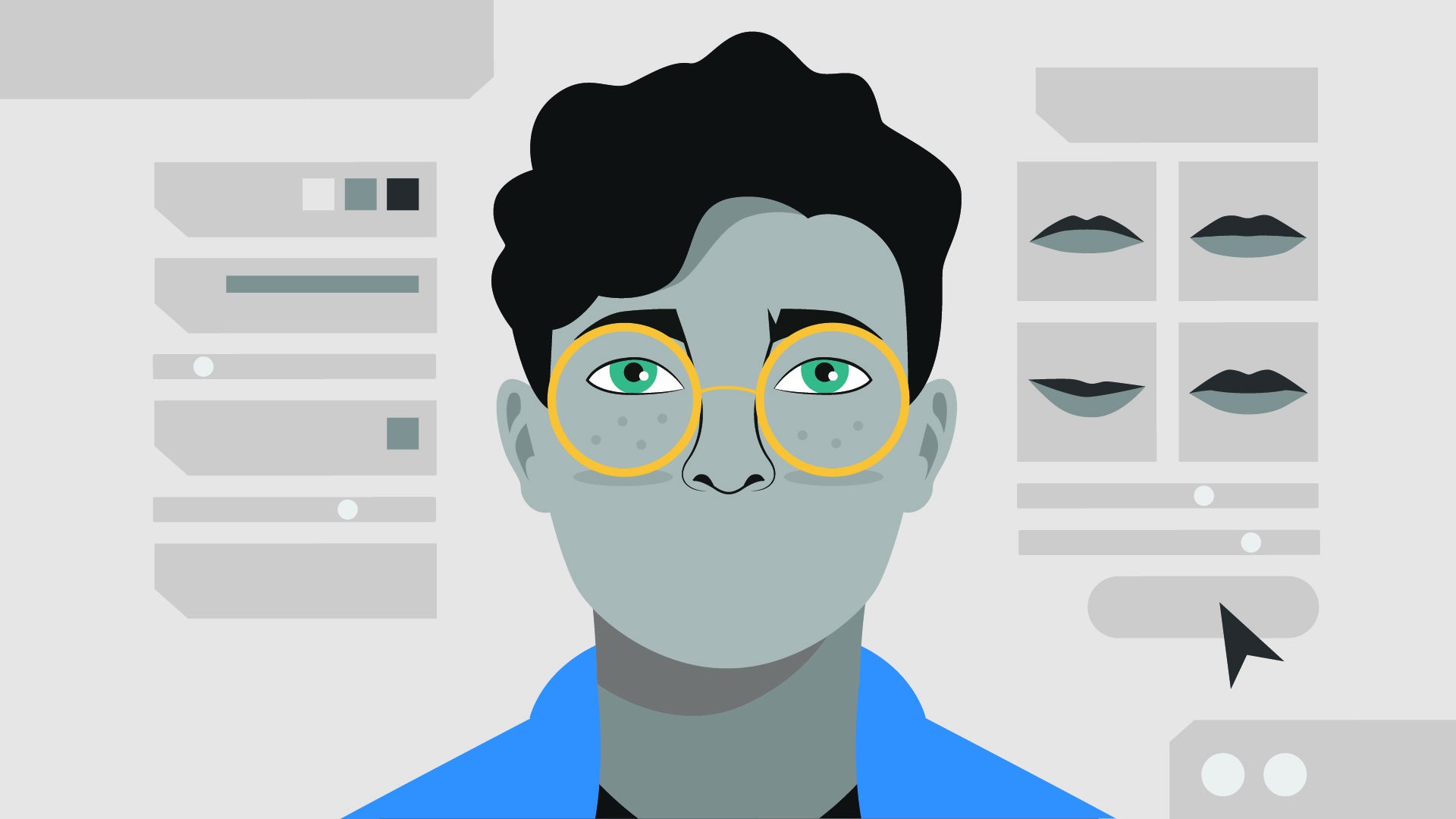Have you spotted the Killmonger dreads? They’re everywhere these days. What started in Marvel’s Black Panther film is now ubiquitous in gaming. And these dreads are not just on the heads of Miles Morales or Tekken’s Eddy Gordo. They’re in character creators too. The style began as fashion but has quickly become a stereotype.
Black players have noticed. “In general, we get stuck a lot of the time with the afro, the smaller afro, the buzz cut, or the gel braids going back, or nasty dreads that are symmetrical on either side. Or they all love the Killmonger dreads now,” Twitch Ambassador and content creator Danielle Udogaranya (aka Ebonix) told me recently, all but ticking the same old options off on her fingers.
The Killmonger dreads are a striking example of how representation in these kinds of expressive tools urgently needs to move away from stereotypes. Character creators are a fascinating part of video game design where players decide how they look on screen, with opportunities for positive representation as well as negative reinforcement. When developers get this stuff right, players can see themselves in a video game and feel fully immersed. But when representation is poor or lacking, it can be a disaster.
Adding this hairstyle alongside the Bald, Afro and Cornrow with no hang time category of “black hairstyles to avoid in game development” https://t.co/xjOGTMEbUJ
— Ebonix 🔜 Black Lines of Code 🎮🖼️ (@Ebonix) January 15, 2024
To see this content please enable targeting cookies.
I was curious to find out more about the process of developing character creators, to understand the challenges developers have to overcome and how representation in video games can be improved. And so, over the last few months I’ve spoken to some of the people behind Baldur’s Gate 3, Diablo 4, Cyberpunk 2077 and more to understand the key decisions and priorities in play when creating such a tool.
